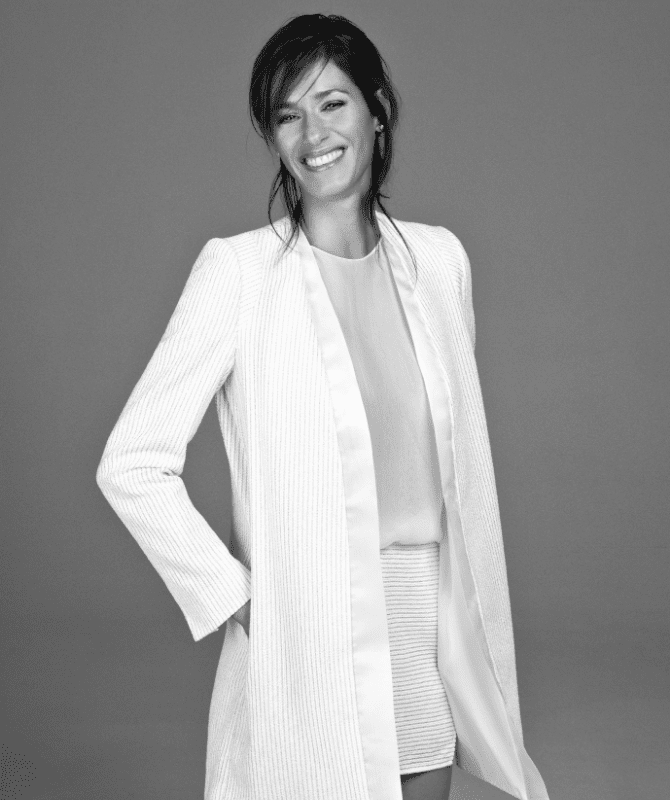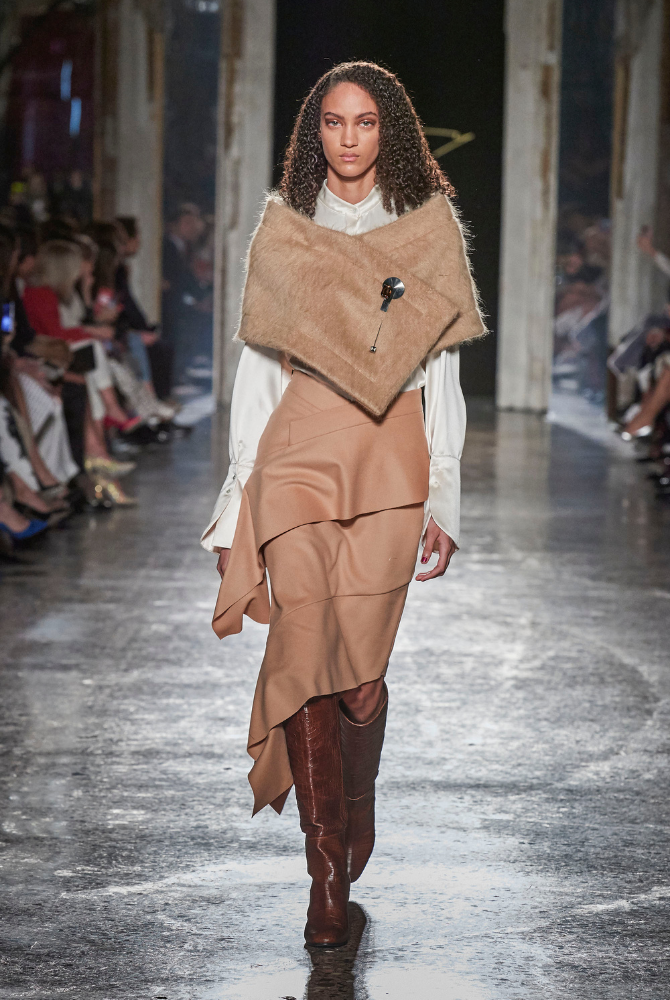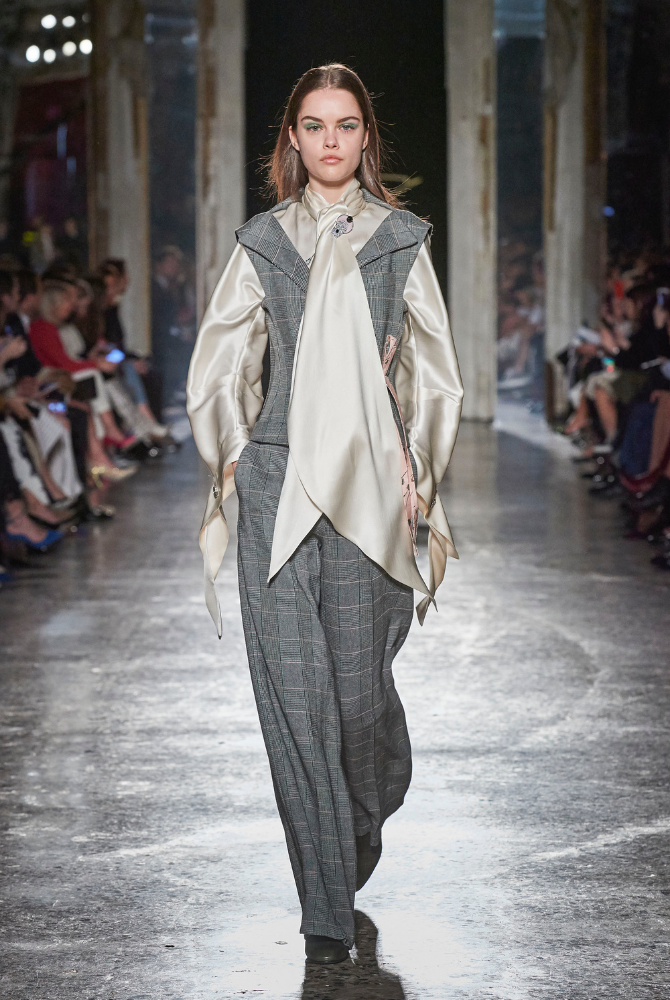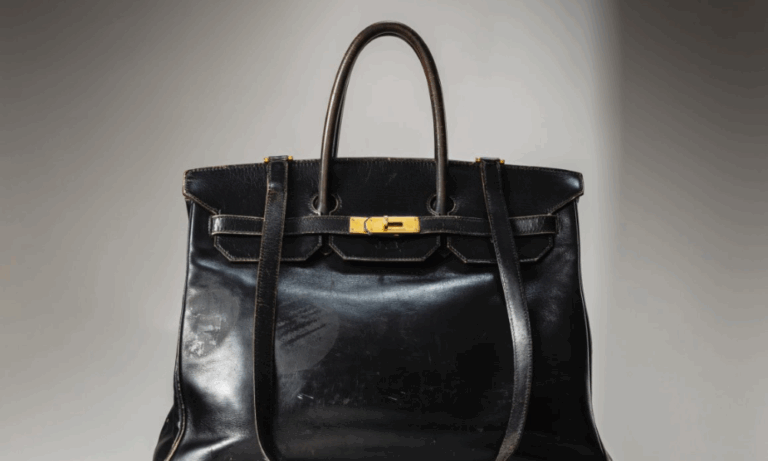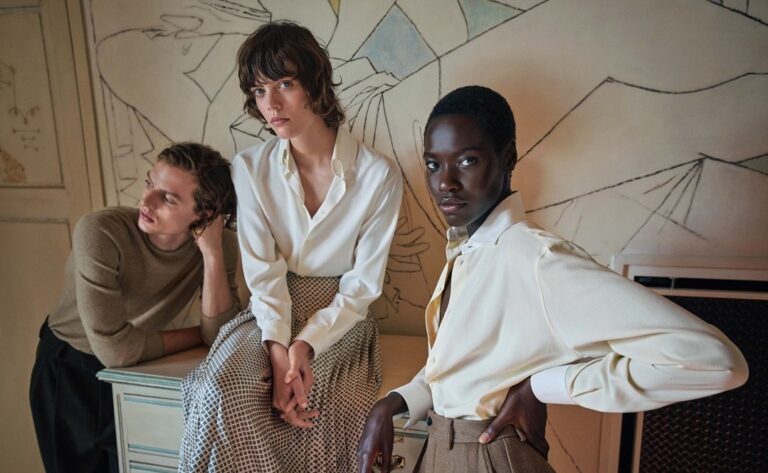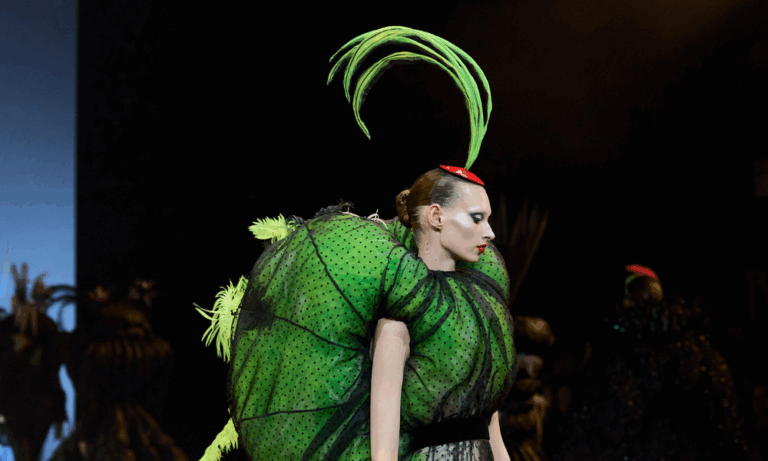In 2013, Sara Cavazza Facchini took over the creative helm of Genny as she took on the role as Artistic Director of the 1962-born Maison. She further elevated the brand’s legacy by skilfully blending its heritage with a sense of timeless elegance, femininity and by keeping sustainable luxury top of mind.
Here, BURO. columnist Farouk Chekoufi spoke to the designer about her path, the new collection, and more.
Do you find that the Genny woman has changed significantly since the launch of the brand in 1962?
Fashion is certainly the result of the times and historical eras in which it develops.
Genny has always been known for her elegance, embroidery, and very feminine and clean silhouettes. I think back to the suits with impeccable jackets and I often meet ladies who still have a Genny garment in the closet, after several years it is always perfect. Since I started designing for Genny I always try to bring back that concept of timeless elegance, which I feel belongs to me in order to create harmonious dresses that makes feel good.
Gianni Versace was the Creative Director at Genny in 1973. Could you please tell us more about this iconic collaboration? How did he influence the brand?
Gianni Versace created the history of the brand, creating a DNA of extreme femininity with the great quality of being timeless. Genny’s garments for Versace in fact are still hyper current, because he not only gave fashion, but sought femininity thanks to the search for a perfect fit, the choice of precious materials and jewel details, such as buttons embellished with stones.
What do you want the women who wear your designs to feel?
My woman is a woman who works, travels and is engaged in charity. Her look goes with her during the day and make her always perfect, even with jeans but better worn with a silk shirt. For me fabrics are very important. When a new fabric arrives at the company, first I try it on myself, I check if I like it and if it makes me feel good.
What made you want to become a Fashion Designer?
I grew up in a family that traded in fabrics and from a young age I accompanied my family to meet the seamstresses; I spent afternoons among sewing machines, thimbles, needles, meters and clothes that took shape. For my special occasions I became the model of the clothes that I would wear, I was fascinated by the whole process … once I grew up I decided to become the protagonist of the whole world that I have always seen, but lived with great intensity as a child.
You recently broadcasted your Summer ’21 collection via a digital platform. What are some other adjustments that your brand had to make to adapt to the pandemic?
The pandemic has first of all changed the way to communicate the product, hence the choice to create a digital fashion show broadcast worldwide, but also the creative content of the collection. I created a collection that was more immediate in taste, more everyday looks, with more intense touches of color. Today we do not only address the buyers, but also the final customer. I believe that the characteristics that create the immediacy of the sense of beauty of the collection are fundamental to allow the vision of the garments, the purchase online because it is in the digital world that fashion manages to survive the pandemic.
Can you tell us a little bit more about your most recent collection?
My SS21 collection is dedicated to Italy. I chose to do it outdoors in one of the most beautiful Italian parks (the Parco Giardino Sigurtà,) to convey positivity and continuity. The fabrics chosen are fresh and light, such as cotton and linen, enhanced by the refined prints inspired by the cultural pillars of the Belpaese, such as the sculptures of Canova shot in coats and dresses or prints of musical notes that recall the arias of Giuseppe Verdi. The knitwear and its particular processing live in enveloping forms for a refined sensuality.
How did you develop your design aesthetic?
I’m very curious, I read a lot and I love to travel even if lately it is more and more difficult. In the creation of my collections I let myself be inspired by a feeling, an idea, a detail. For example, for this winter’s collection I was inspired by the Orient Express. I was in an antiques boutique and saw some twenties brooches in platinum and shiny that brought me back to Poirot’s movies. I was inspired by that elegance, a woman who travels and chooses a special look for her wardrobe.
Your brand is performing very well in the Middle East. What do you think makes it so appealing to your customers, particularly the ones in this region?
I think that the origin of this affinity comes from the fact that I love femininity, and I love very much how the Middle Eastern women take care of their femininity, made of perfumes, precious fabrics, body care, hidden and revealed worlds, and harmonies in body movements. I love to create clothes with a discreet femininity, never ostentatious, thanks to fluid shapes and fabrics with refined weaves, and an eternally delicate and silky touch, where the embroideries act as jewels that tell of past ages.
Which are some of the best-selling pieces in the UAE and KSA?
Dresses for a special occasion and also ‘cocktail dresses’.
With the troubling situation at the moment, what major changes do you foresee in the years to come?
We cannot make forecasts about this, but certainly I think it is important to strengthen digital communication to ensure the flow of the market in any condition as well as to strengthen e-commerce channels.
Now, read Farouk Chekoufi’s column here.
